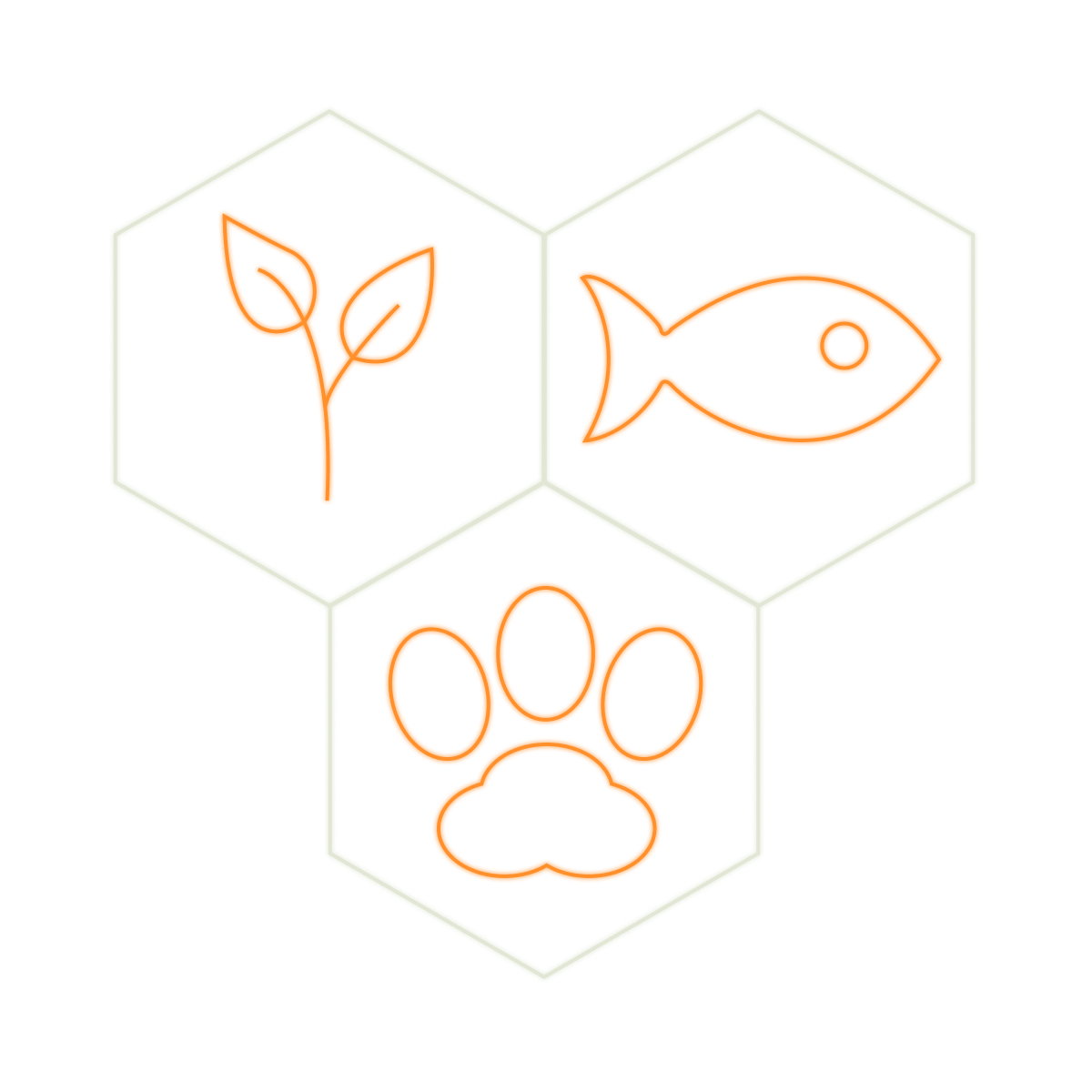September 1, 2023

The alarming rate of biodiversity loss exposes the limitations of the current state of the practice techniques. This blog post delves into how SeerAI, equipped with spatiotemporal data fusion and decentralized data models, is redefining biodiversity monitoring and Environmental, social, and corporate governance (ESG) risk assessments.
Biodiversity loss brings about heightened financial risks, spanning market, credit, liquidity, and repetitional dimensions. Regulatory frameworks like the Taskforce on Nature-Related Financial Disclosures (TNFD) are acting as catalysts for transparency and disclosure.
With the European Union and other authoritative bodies imposing biodiversity-specific disclosure regulations, the demand for real-time, comprehensive data is skyrocketing.
Current systems often struggle with multi-modal data, facing issues in accessing, formatting, and integrating diverse data types. These limitations obstruct a comprehensive view, making it difficult to fully leverage the richness of multi-dimensional data for insightful biodiversity monitoring and ESG risk assessments.
The current state of the practice and systems, have an inability to analyze data over both space and time, creating an incomplete and often misleading picture of the biodiversity landscape. This lack of spatiotemporal analysis severely limits the accuracy and comprehensiveness of ESG risk assessments. By focusing only on single modalities and isolated timeframes, these systems miss the complex interdependencies that are vital for understanding and preserving biodiversity, as well as for identifying and mitigating ESG risks.
Outdated methodologies relying on infrequent field observations yield data that quickly become obsolete, given the rapid changes in ecosystems.
Traditional methods are often geographically limited, leaving gaps in our understanding of larger, interconnected ecosystems.
Transformative Approach: Spatiotemporal Data Fusion and Decentralized Data Models
SeerAI’s Geodesic platform is cloud-native and designed for planetary-scale data fusion, capable of processing any data source or file type without the need for complex data transformations or moving sensitive proprietary data. Specializing in challenging spatiotemporal data, Geodesic enables massive Artificial Intelligence (AI) and Deep Learning workflows, offering a multi-dimensional framework for persistent Biodiversity Monitoring and ESG Risk assessments.
Unlike traditional systems, SeerAI’s Geodesic platform is designed to handle complex spatiotemporal data, offering a more complete and nuanced understanding of biodiversity and ESG landscapes. By integrating multi-modal data across different points in time and space, Geodesic provides a dynamic, multidimensional view that is essential for accurate and proactive biodiversity monitoring and ESG risk assessments. This advanced approach effectively addresses the limitations of current practices, offering real-time analytics and future predictive capabilities.
SeerAI’s Geodesic platform provides real-time analytics and is infinitely scalable, delivering timely and actionable insights for conservation and risk management.
SeerAI’s Geodesic platform, built on a decentralized data model, not only enables the fusion of disparate and proprietary data sets but also supports multi-modal spatiotemporal analytics. This comprehensive framework is crucial for continuous environmental monitoring and provides the foundation for predictive and prescriptive analytics. Organizations can now anticipate future environmental risks and sustainability challenges, allowing for proactive strategies and informed decision-making. This advanced analytic capability is particularly beneficial for precise insurance calculations and for assuring that operations are not just compliant but genuinely sustainable.
SeerAI’s Geodesic platform is uniquely positioned to help companies conform to emerging environmental regulations like the SEC’s proposed climate-related disclosure rules. By offering comprehensive, spatiotemporal data fusion and analytics, Geodesic enables organizations to accurately report on material climate-related risks and greenhouse gas emissions. Additionally, the platform provides regulatory bodies with a persistent, real-time window into a company’s environmental activities, significantly enhancing the ability to monitor compliance levels and enforce regulations.
This cutting-edge technology and framework allow regulatory bodies to validate corporate green initiatives, minimizing the risk of greenwashing.
SeerAI’s Geodesic platform brings unparalleled capabilities to the table. By fusing an organization’s disparate data with a wide range of geospatial layers, Geodesic offers a truly global perspective and enhanced insights for companies and regulatory agencies.
The current state of the practice for biodiversity monitoring are increasingly inadequate as the dual crises of environmental degradation and financial risk escalate. The way forward involves adopting an integrated approach that leverages a capability that can fuse multi-modal data and disparate data at planetary scale over space and time to provide a clearer picture of the landscape. SeerAI’s Geodesic platform utilizes spatiotemporal data fusion and decentralized data models to provide organizations with an efficient, effective, and transparent solution for ongoing biodiversity monitoring and ESG risk assessments.